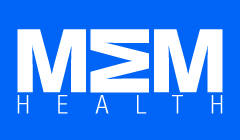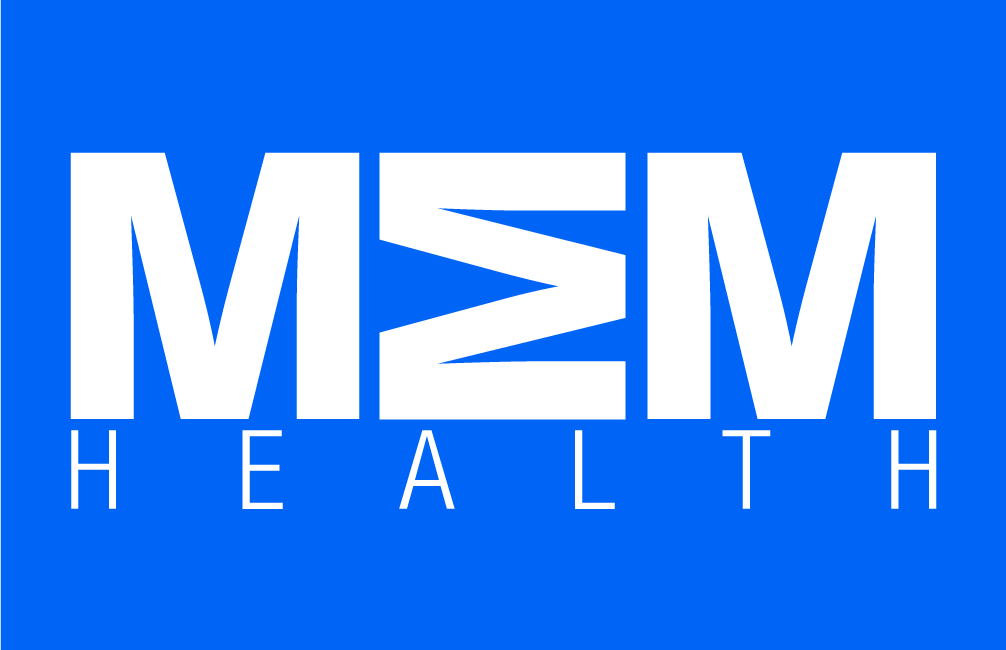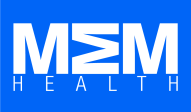As a specialist in medical device manufacturing, Europlaz is often at the front end of the latest product developments to hit the UK and global diagnostic marketplace. Commercial Director, Rory O’Keeffe, examines the latest innovations that the Europlaz team believes will be transformative to future clinical pathways.
Research recently published by Nova One Advisor indicates that the global point-of-care diagnostics market reached USD 44.25 billion in 2023. In ten years it is anticipated to virtually double to USD 80.75. Much of this growth is being driven by rapid technological advances in non-invasive products, self-testing and digitally connected devices, coupled with an aging global population and the rising prevalence of chronic diseases.
Point of Care (PoC) diagnostics is where many of the most exciting developments are happening, confirms Rory. PoC tests are usually done at bedsides, in wards, in community settings or at home. These are often portable devices and they empower timely clinical decisions. Generating results usually in several minutes rather than having to wait for a laboratory analysis and report, the landscape is both dynamic and changing constantly.
“PoC is far from new. Pregnancy and glucose over-the-counter self-tests have been around for decades. However, the pandemic demonstrated just how convenient PoC tests were for rapid results and population-scale testing.
“For remote communities where medical infrastructures are limited, PoC tests are invaluable. We are now seeing the development of digital PoC devices which can provide contextual information on results to patients. This information can then be shared with healthcare professionals for further analysis, without them being physically present,” notes Rory. This reduces the burden on healthcare systems, while simultaneously speeding up the time it takes to get a result and treat conditions appropriately.
Patient-centric technologies
This transition from acute intervention to diagnostic technologies centered on wellness and prevention is being replicated all across the globe. The World Economic Forum in its Global Health and Healthcare Strategic Outlook specifically highlights how PoC diagnostics can help ensure more equitable access to treatment and care programs.
Being a contract manufacturer of clinical, laboratory, and self-diagnostic devices, project information can rarely be disclosed by Europlaz. Yet, the growth opportunities being directed by public awareness of PoC patient-centric diagnostics are significant, suggests Rory.
The three technologies that clinicians anticipate will most improve the efficiency and effectiveness of diagnostics in the next 3-5 years are Telehealth (83 percent), AI (75 percent) and Biosensors (74 percent), suggests one survey analysed by Deloitte. Two-thirds of clinicians believe that as a result of these disruptive technologies, diagnostics will look ‘a great deal’ or ‘totally’ different in 6-10 years’ time. This, they say, will require greater design collaboration between healthcare and MedTech organisations flags the report.
Digital developments
Previous deterrents, for instance expensive diagnostics hardware, are no longer such big barriers to market access, suggests Rory. “Growth is absolutely being driven by greater accessibility to software programming. Developers can simply create an app and use phones as the vehicle to deliver data. Pushing the innovation boundaries in healthcare as well as opening up the market to more players.”
One company revolutionising the way people access diagnosis and treatment for major diseases is Cambridge-based digital diagnostics platform PocDoc. Offering an app-based technology platform combining proprietary microfluidic assay tests, powered by its cloud-based applied AI diagnostics (HUESnap®), Europlaz has supported PocDoc in scaling up its UK-based manufacturing capabilities. PocDoc’s Healthy Heart Check has been rolled out across the UK from Edinburgh down to Cornwall via pharmacies, the NHS and other healthcare providers. Healthy Heart Check screenings have also been run in underserved UK healthcare communities and at high footfall locations, including football stadiums.
PocDoc’s technology is the first to provide quantitative, multi-marker, clinical grade diagnostics using a bio-sensing approach that can be done in multiple settings, including at home. The company holds multiple patents, with a number pending.
Compared to conventional lateral flow tests, the PocDoc ’s technology stack represents a huge leap forward in the field, combining microfluidics, biochemistry, engineering, applied AI, integration with the healthcare system’s digital infrastructure, all through the same product experience, highlights PocDoc ’s Product Development Director Lucia Curson. “Our technology stack is highly unique and extremely powerful in the fight against preventable diseases – reducing what can take weeks into just nine minutes. In 10 years’ time, our vision is that 150 million people will have been screened with our technology and 30 million high risk patients treated through our platform. Scaling our own manufacturing capability to deliver that is a huge strength we have built as a business. We’re pleased to be working with industry leaders such as Europlaz to help us scale – not just in the UK, but globally,” reports Lucia.
Combined with the Healthy Heart Check, the PocDoc algorithms looks for colour changes to detect markers for disease. The platform, called PocDocOS® also determines the patient’s heart age, 10-year risk of having a heart attack and their relative risk compared to their peer group. Beyond the test results, the platform can connect patients in real time to clinician teams, send results directly into the patient record, direct onto treatment options and even integrate with the NHS app.
“Identifying people at risk of cardio, metabolic and renal diseases early means we can save billions for healthcare systems and prevent millions of lives being lost through ill health – fast, affordably and integrated with the digital infrastructure of each system for maximum clinical utility,” adds Lucia.
Revolutionising rapid diagnostics
PoC testing holds the potential to revolutionise healthcare delivery by seamlessly integrating AI and rapid diagnostics into clinical pathways, reports the PocDoc product manager. “Our Applied AI systems are already improving patient-centred outcomes and providing equitable access to multidisciplinary hospital-level diagnostics in community and ambulatory settings.” PocDoc’s Healthy Heart Checks, for example, are being offered in drop-in clinics in high footfall areas like football stadiums, assessing the risk of future CVD issues.
Some of the diagnostic categories where Europlaz has extensive regulatory and industry experience and manufactures components for range from Drug of Abuse (DOA) testing, cancer marker, lipid testing, capillary blood testing (biomarkers) and In Vitro Diagnostics (IVD) devices.
Experience counts for everything when sourcing the right diagnostic device manufacturing partner. Rory encourages customers to look for reliability and check both the manufacturer’s credentials and reputation. “Having a great idea is one thing, but behind every injection moulded component is an expertly-designed tool. Teams that are located in close proximity and can manage all design and development stages including specification of the tooling, tool commissioning modifications and validations, can prove invaluable.”
Given the rapid adoption and markets projections, speed-to-market is critical. Partnering with specialists gives OEMs access to a wider talent pool and cutting-edge technologies that may not be available in-house, as well as scalability. “Collaborating with outsourcing partners who specialise in rapid prototyping, design optimisation, or regulatory submissions can accelerate the development and commercialisation process. This can be crucial in gaining a competitive edge in the ever-evolving diagnostic devices market,” adds Rory.
Manufacturing & Engineering Magazine | The Home of Manufacturing Industry News
















